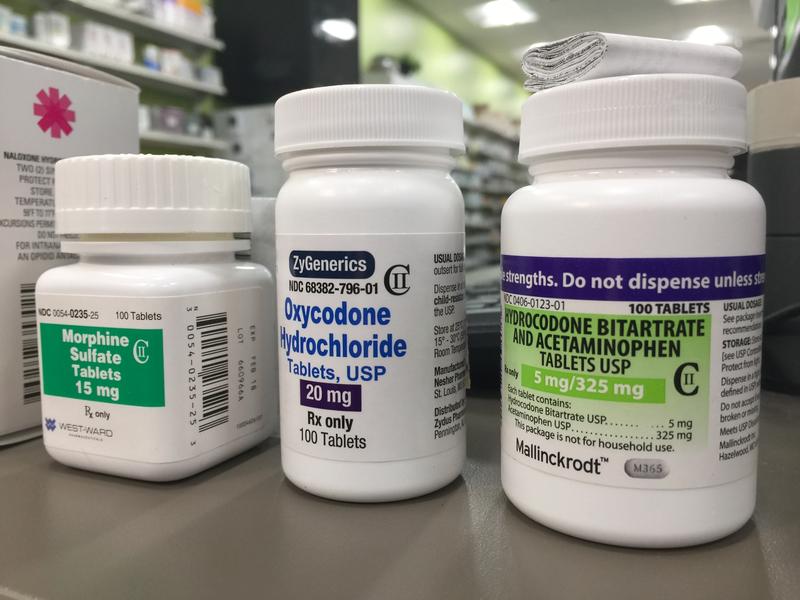
In Europe, take-home naloxone initiatives currently operate at city level in Denmark, Germany, Estonia, Ireland, Italy, the UK (England) and Norway, and at regional level in Spain (Catalonia) and the UK (Scotland and Wales). ‘Empowering bystanders to deliver a potentially life-saving intervention is an important step in a diversified and balanced European response to drugs’. ‘Each of the lives lost every day in Europe to opioid overdose is worth all our efforts to improve prevention and responses’, says EMCDDA Director Alexis Goosdeel.

This has led to the emergence of naloxone as a harm-reduction measure since the 1990s, with the provision of take-home naloxone kits to opioid users and those likely to witness opioid overdoses. Research shows that many opioid overdoses occur in the presence of bystanders, who, if empowered to act appropriately, have the potential to save lives while waiting for emergency services to arrive at the scene ( 4). WHO guidelines on community-based naloxone provision were published in 2014 ( 3).

Listed by the World Health Organization (WHO) as an ‘essential medicine’, it is traditionally available in injectable form, although non-injectable formulations of the drug are now emerging. Naloxone - a pharmaceutical drug used to reverse respiratory depression caused by opioid overdose - has been used in emergency medicine since the 1970s ( 2). This issue is explored today in a new report from the EU drugs agency (EMCDDA) entitled Preventing opioid overdose deaths with take-home naloxone ( 1). Yet with adequate intervention, using the overdose-reversal drug naloxone, many of these deaths can be prevented.
:max_bytes(150000):strip_icc()/morphine-172594802-resized-56a274a15f9b58b7d0cab9a8.jpg)
Between 6 000 and 8 000 drug-induced deaths are reported in Europe every year, with opioids, such as heroin, found in most overdose cases.


 0 kommentar(er)
0 kommentar(er)
